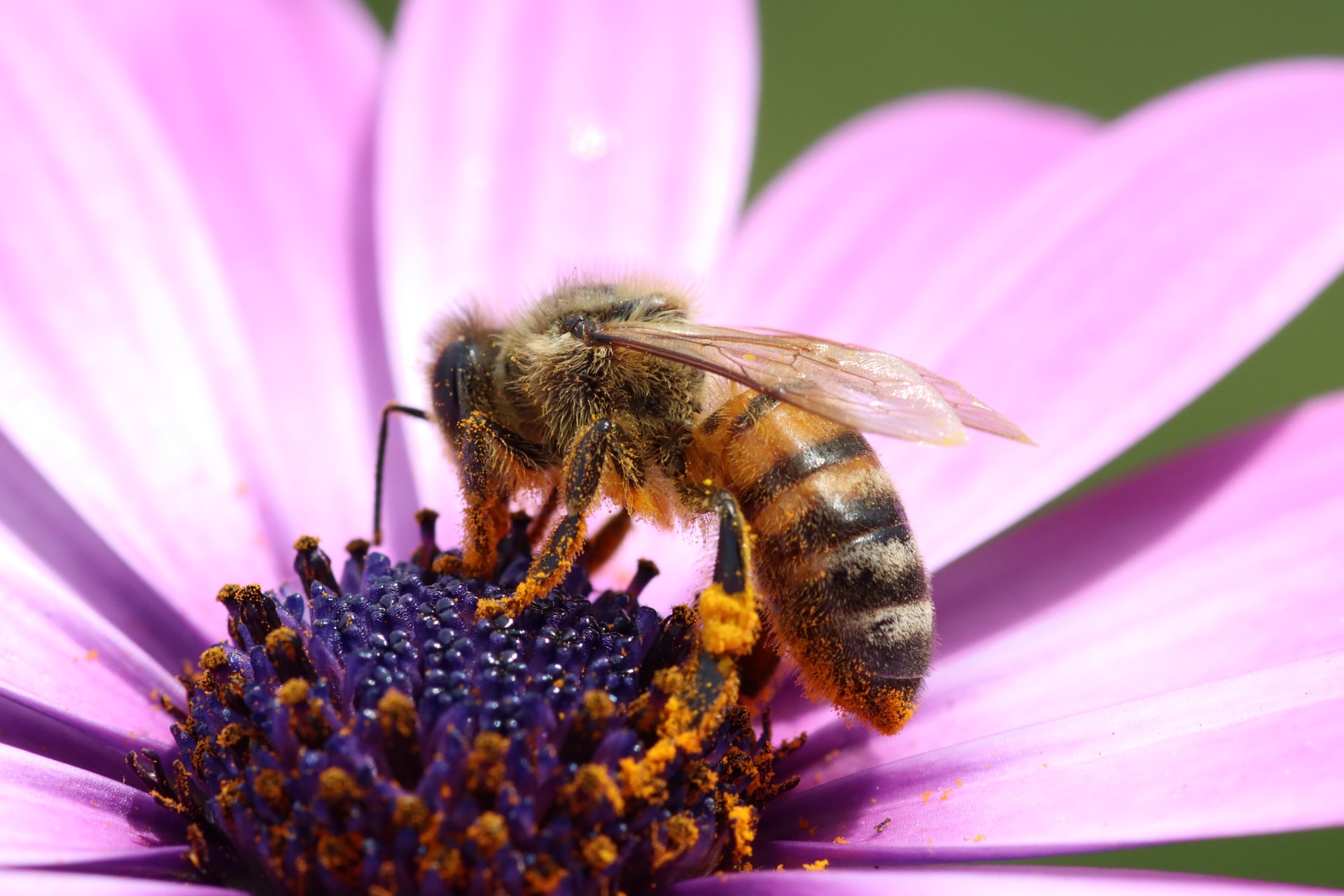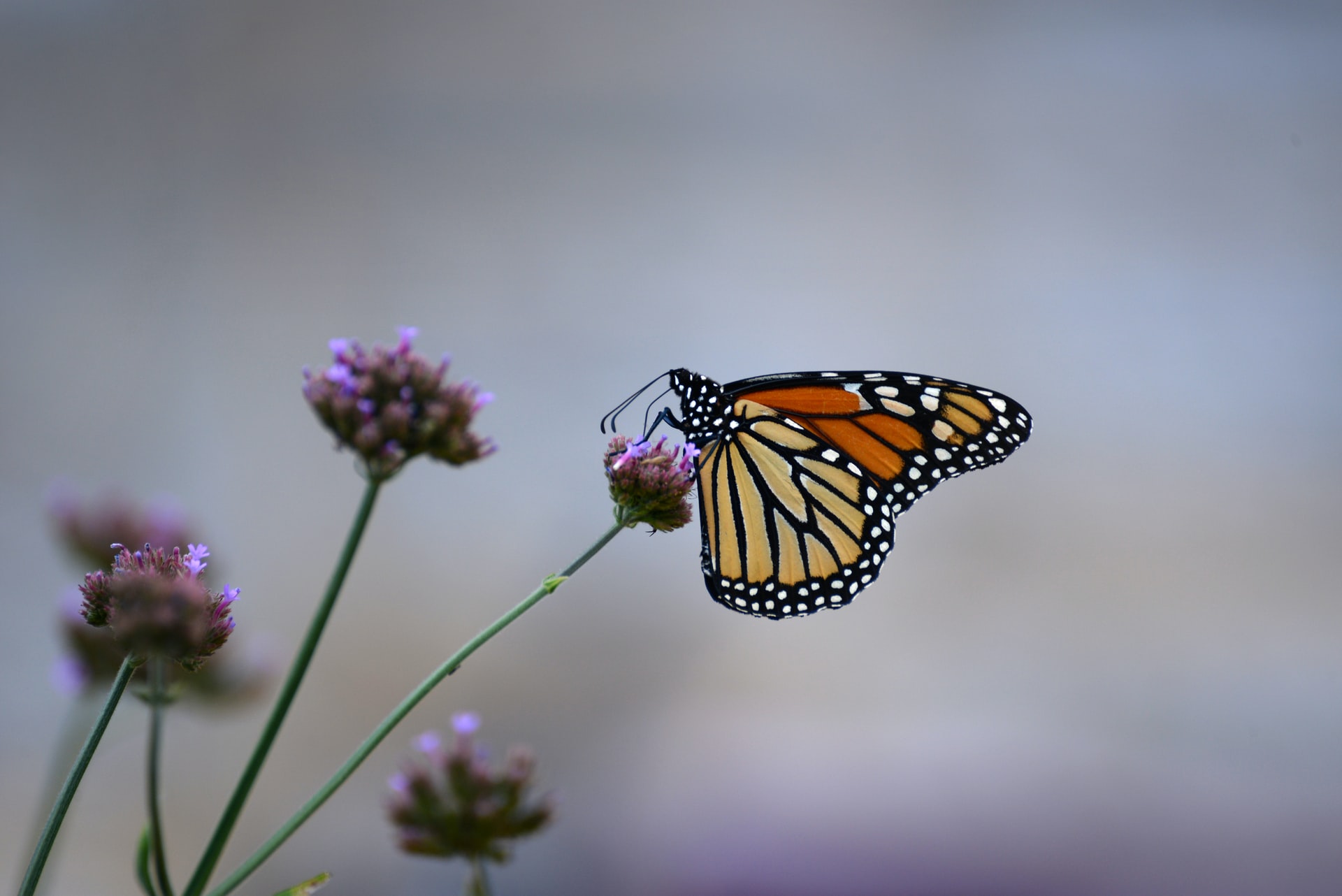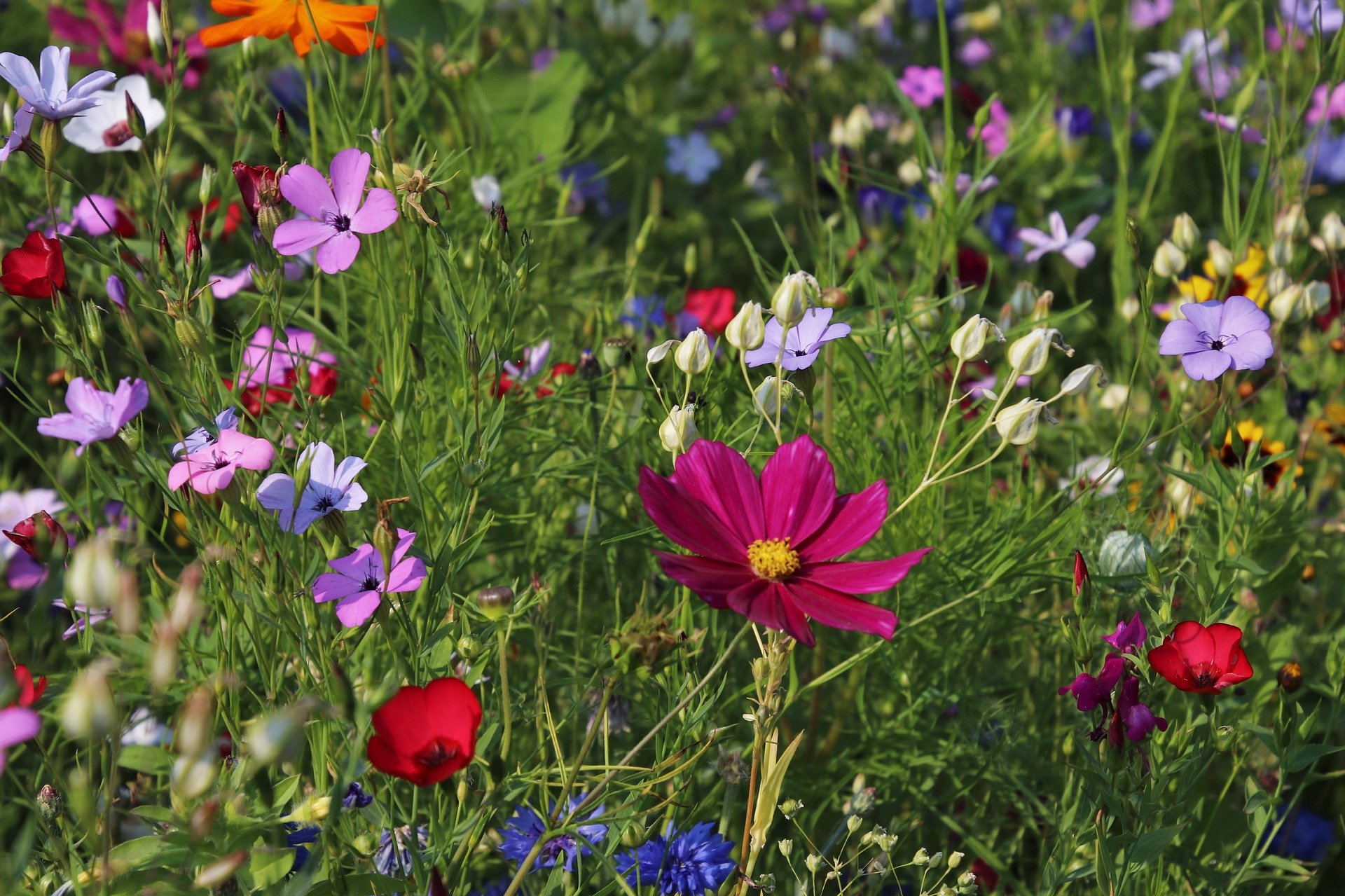
- Sustainable Planet -
- 4mins -
- 373 views
Smaller gardens may be just as important as large ones for conserving bees, study suggests
Gardens in cities provide a long and continuous supply of energy-rich nectar from March to October, scientists at the University of Bristol have found; but plant diversity and not garden size is key to this sustainable and dependable food source.
Urban gardens are a dependable food source for pollinators through the year, study suggests
Despite huge garden-to-garden variation in both the quantity and timing of nectar production, pollinators are guaranteed a reliable food supply if they visit multiple gardens. This contrasts with previous studies on farmland, where pollinators are exposed to boom-and-bust cycles of nectar production with clear seasonal gaps. This means the actions of many independent gardeners result in the emergent property of a stable and diverse provision of food for city pollinators.


everyone has the potential to help pollinators in a meaningful way, even with a small garden
PhD student Nick Tew from the School of Biological Sciences said: “We measured the amount of nectar produced by flowers in 59 residential gardens in Bristol. We found that individual gardens vary in both how much food they provide and when they provide it during the year. However, because flying pollinators like bees can visit many different gardens, they are likely to be able to find food in residential neighbourhoods whenever they need it.
“We knew that gardens were important habitats for UK pollinators, providing 85% of nectar sugar in urban landscapes and a great diversity of flowering plants. However, we did not know how nectar production varied between individual gardens or through the months of the year. It is particularly important to understand garden-to-garden variation to advise how best to collectively manage our gardens for pollinators.”
The variation between gardens was extreme, ranging from 2g to 1.7kg (0.07 oz—3.75 lbs) of nectar sugar through the year and this was not determined by the size of the garden but rather by how people chose to manage their gardens.
Nick explained in a press release: “This means that everyone has the potential to help pollinators in a meaningful way, even with a small garden and there is a lot of room for improvement, with some gardens providing hundreds of times less food than others, depending on what people choose to plant, weed, prune or mow.”
Gardeners can help in particular by planting open flowers that bloom later in the year because in late Summer and Autumn 79% of nectar was produced by tubular flowers only accessible to long-tongued insects like bumblebees. Shrubs are also a recommended way to pack many flowers into a small space and were found to provide 58% of all nectar in gardens.
The study involved collaboration between scientists at the Universities of Bristol, Cardiff, and Northumbria, as well as the Royal Horticultural Society (RHS).
Dr Stephanie Bird of the RHS summarised: “This research highlights the collective power UK gardeners hold in safeguarding the future of our pollinating insects.”
Paper: Turnover in floral composition explains species diversity and temporal stability in the nectar supply of urban residential gardens by Tew, N.E. et al. in Journal of Applied Ecology.
Source: Bristol.ac.uk





